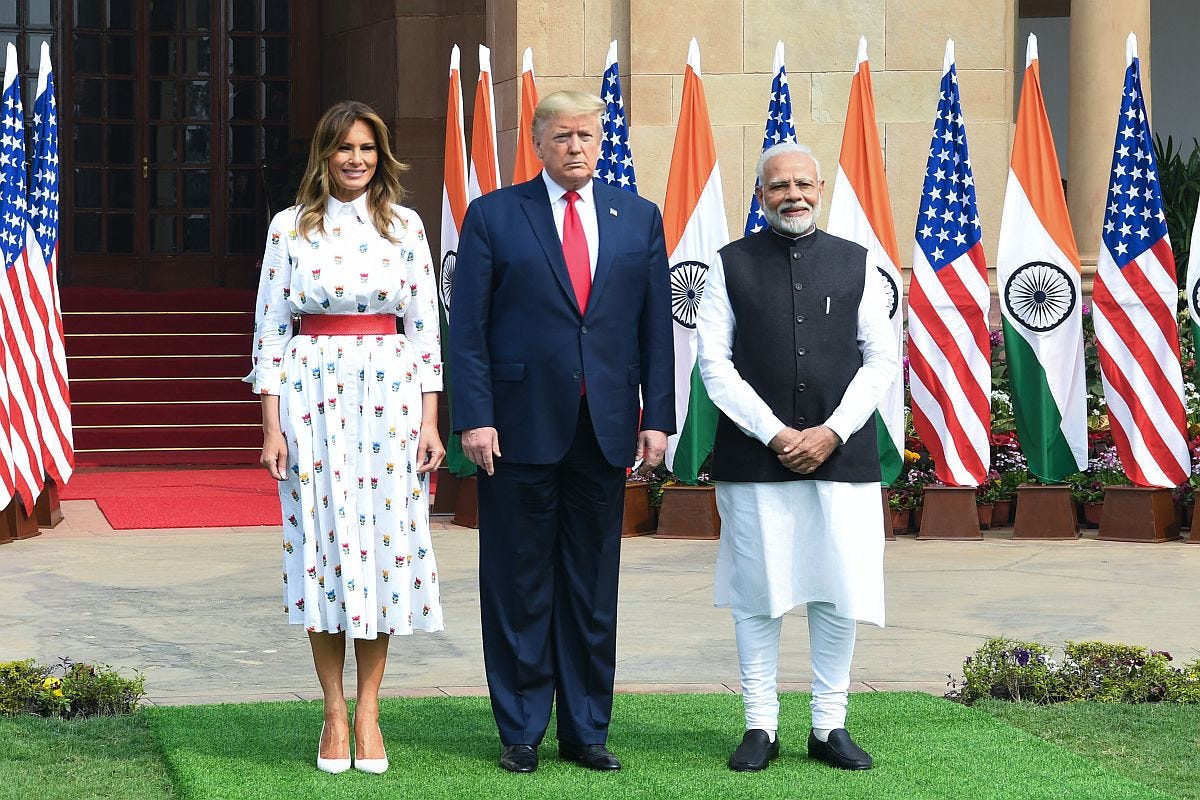Trump, Modi Revel in Mutual Praise, Adoring Crowds
Politics, personal rapport deflect trade row and lack of initiatives

By: John Elliott
Donald Trump’s state visit to India was always going to be a raging success, and so it turned out in terms of the mutual praise bordering on adoration exchanged between the president and prime minister Narendra Modi, strengthening the two leaders’ personal bonds.
Both politicians gained in terms of voter appeal and Trump said it was a “gr…
Keep reading with a 7-day free trial
Subscribe to Asia Sentinel to keep reading this post and get 7 days of free access to the full post archives.
